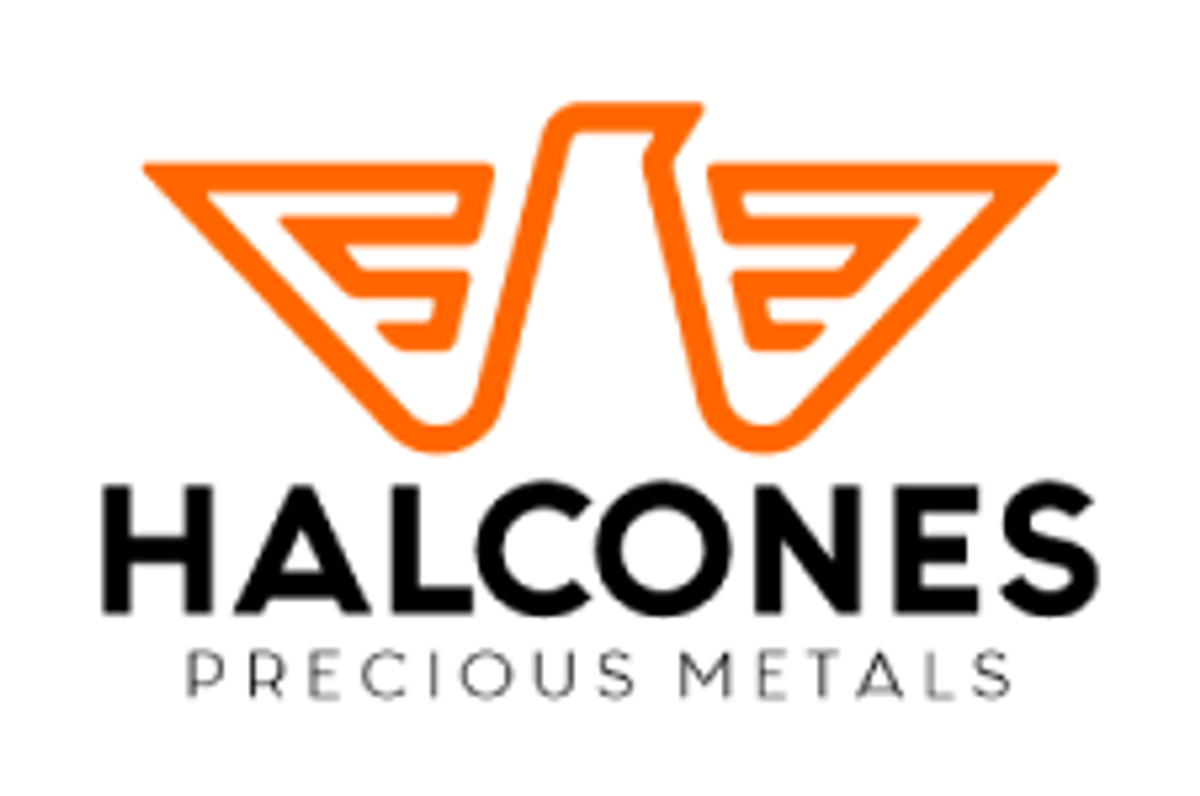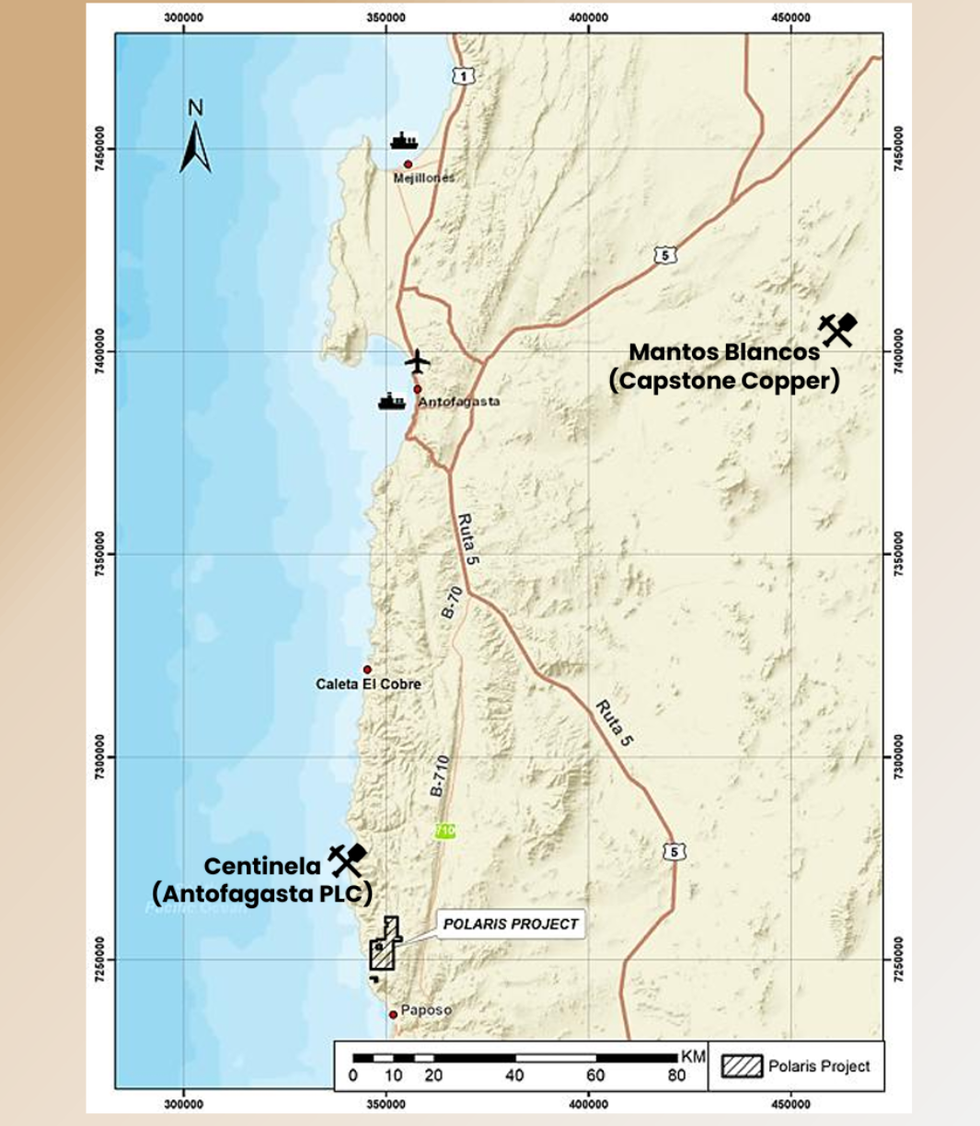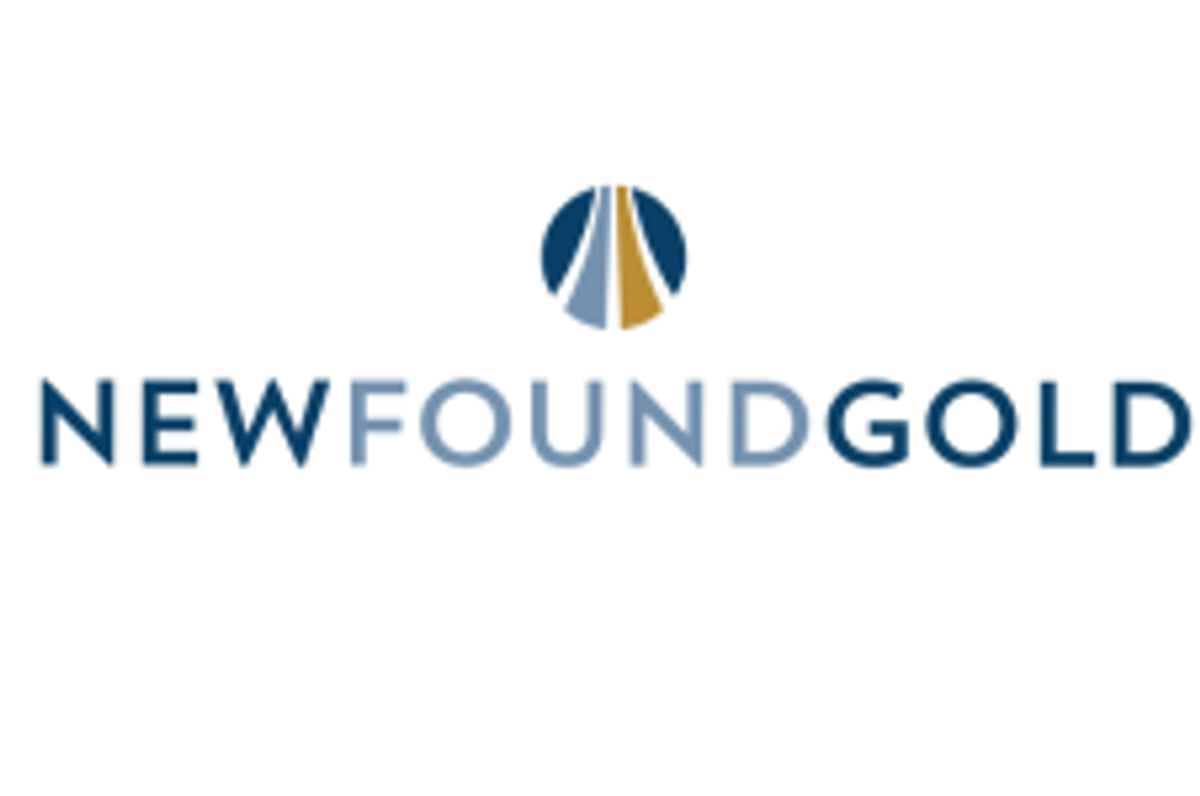
April 29, 2025
Halcones Precious Metals (TSXV:HPM) is a gold exploration company focused on advancing its high-grade Polaris project in northern Chile, a premier mining region with excellent infrastructure. Polaris hosts multiple surface targets with significant gold values across a large, underexplored property, offering investors exposure to a high-potential discovery in a mining-friendly jurisdiction.
The Polaris Project is located within the metallogenic belt of the Atacama Fault Zone, a major geological corridor known for hosting numerous significant mineral deposits across Chile. Gold mineralization at Polaris is largely controlled by major structures, including the Izcuña and Médano faults, which provided pathways for mineralizing fluids and led to the formation of vein-hosted and stockwork-style gold deposits.

Currently, exploration efforts are focused on two main target areas in the southern part of the property adjacent to the Atacama fault:
- North Zone: A historic mining district with excellent gold assay results at surface
- South Zone: Another area of historic mining activity with high-grade gold values
Company Highlights
- Strategic Land Position: Controls 5,777.5 hectares in a historically productive gold district with multiple high-grade surface targets
- Proven High-grade Gold at Surface: 30 samples returned assays above 10 g/t gold, with values up to 55 g/t gold
- Large Mineralized Footprint: Recent sampling extended the gold-bearing trend to 3.9 km, with potential for further expansion
- Bulk Tonnage Potential: Gold-bearing stockwork mapped over a 250 m x 500 m area, suggesting potential for a large-scale open-pit operation
- Favorable Project Economics: Low-to-moderate elevation project with year-round access and proximity to established infrastructure
- Experienced Leadership: Management team with extensive experience in geology, mining exploration, and capital markets
- Geological Setting: Mineralization similar to well-known Abitibi gold deposits like Sigma-Lamaque, Goldex and Dome
This Halcones Precious Metals profile is part of a paid investor education campaign.*
Click here to connect with Halcones Precious Metals (TSXV:HPM) to receive an Investor Presentation
HPM:CC

Sign up to get your FREE
Halcones Precious Metals Investor Kit
and hear about exciting investment opportunities.
- Corporate info
- Insights
- Growth strategies
- Upcoming projects
GET YOUR FREE INVESTOR KIT
The Conversation (0)
28 April
Halcones Precious Metals
Advancing a significant high-grade gold project in Northern Chile
Advancing a significant high-grade gold project in Northern Chile Keep Reading...
17 July
Halcones Precious Metals Announces AGM Results
Halcones Precious Metals Corp. (TSXV: HPM) (the " Company " or " Halcones ") is pleased to report that the nominees listed in the management proxy circular dated June 5, 2025 (the " Circular ") for the annual and special meeting of shareholders of Halcones held on July 17, 2025 (the " Meeting ")... Keep Reading...
23 June
Halcones Precious Metals Grants Stock Options and Restricted Share Units
Halcones Precious Metals Corp. (TSX-V: HPM) (the " Company " or " Halcones ") announces it has granted a total of 3,500,000 stock options ("Options") to purchase common shares of the Company to certain officers, directors and consultants pursuant to the Company's Stock Option Plan. Such Options... Keep Reading...
03 June
Halcones Precious Metals Provides Update on Polaris Gold Project, Antofagasta Region Chile
Halcones Precious Metals Corp. (TSX V: HPM) (the "Company" or "Halcones") is pleased to provide an update on progress at its Polaris Gold Project (the "Project" or "Polaris"). Halcones' geologists continue field work at Polaris in preparation for the initial drill program at the Project. Recent... Keep Reading...
02 May
Halcones Precious Metals Closes Non-Brokered Offering
THIS NEWS RELEASE IS INTENDED FOR DISTRIBUTION IN CANADA ONLY AND IS NOT AUTHORIZED FOR DISTRIBUTION TO UNITED STATES NEWSWIRE SERVICES OR FOR DISSEMINATION IN THE UNITED STATES. Halcones Precious Metals Corp. (TSX-V: HPM) (the " Company " or " Halcones ") announces it has closed, on an upsized... Keep Reading...
7h
Blackrock Silver Announces C$15 Million Strategic Investment by Two Cornerstone Purchasers
Blackrock Silver Corp. (TSXV: BRC,OTC:BKRRF) (OTCQX: BKRRF) (FSE: AHZ0) ("Blackrock" or the "Company") is pleased to announce a non-brokered private placement (the "Offering") of up to 13,636,363 units (the "Units") at a price of C$1.10 per Unit for gross proceeds of up to C$15,000,000. Each... Keep Reading...
15h
Gold Price Hits New Record, Breaks US$4,500; Silver, Platinum Also at All-time Highs
Gold marked a new price milestone on Tuesday (December 23), continuing its record-breaking 2025 run. The spot price rose as high as US$4,511.83 per ounce, hitting that point at 4:04 p.m. PST. Don't forget to follow us @INN_Resource for real-time updates!Securities Disclosure: I, Charlotte... Keep Reading...
17h
From Gold Coins to Copper Tools: Unique Festive Gifts for the Metals Investor
With pumpkin spice in the air, thoughts are turning to the biggest event of the year… No, not the curling championships — Black Friday and the start of the gifting season.Here at the Investing News Network, our team aims to provide relevant information to help readers make informed investment... Keep Reading...
18h
What Was the Highest Price for Gold?
Gold has long been considered a store of wealth, and the price of gold often makes its biggest gains during turbulent times as investors look for cover in this safe-haven asset.The 21st century has so far been heavily marked by episodes of economic and sociopolitical upheaval. Uncertainty has... Keep Reading...
22 December
TomaGold Intercepts 6.68% ZnEq (1.57 g/t AuEq) over 48.05 Metres, including 39.03% ZnEq (9.15 g/t AuEq) over 2.90 Metres at Berrigan Mine and Identifies a Major Hydrothermal Footprint
TOMAGOLD CORPORATION (TSXV: LOT; OTCPK: TOGOF) (“TomaGold” or the “Company”) is very pleased to announce the initial assay results from drill holes TOM-25-009 and TOM-25-010 at its Berrigan Mine project located in the Chibougamau mining camp, in Québec. These are the first two of seven holes for... Keep Reading...
Latest News

Sign up to get your FREE
Halcones Precious Metals Investor Kit
and hear about exciting investment opportunities.
- Corporate info
- Insights
- Growth strategies
- Upcoming projects
GET YOUR FREE INVESTOR KIT
Interactive Chart
Latest Press Releases
Related News
TOP STOCKS
American Battery4.030.24
Aion Therapeutic0.10-0.01
Cybin Corp2.140.00






